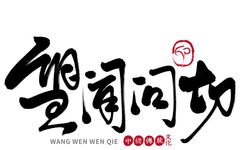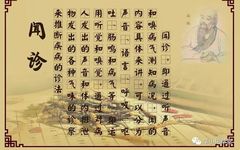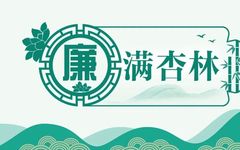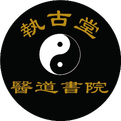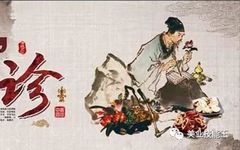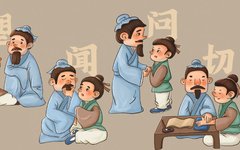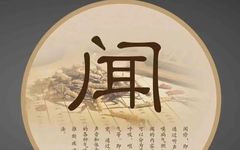Understanding the Four Diagnostic Methods in Traditional Chinese Medicine: Observation, Listening, Inquiry, and Palpation
Click the blue text above to follow us When it comes to Traditional Chinese Medicine (TCM), what is your first thought? A doctor simply places their finger on the patient’s wrist, holds their breath, and moments later prescribes a remedy. However, if you truly understand TCM, you will realize that it is not that simple. … Read more


